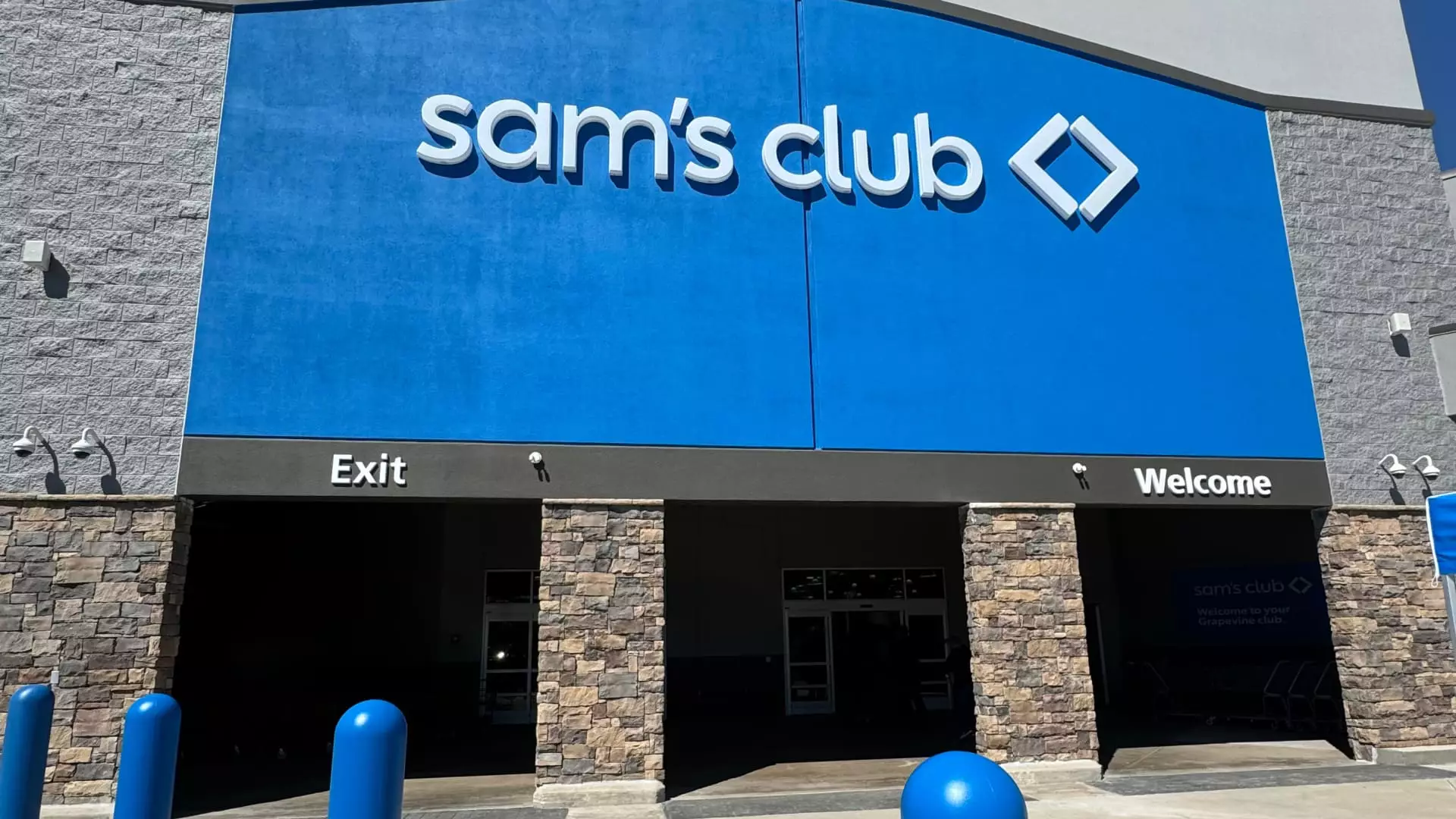In a world where digital transformation is rapid and relentless, Sam’s Club is making headlines with its innovative approach to retail. The membership-only warehouse chain, owned by Walmart, is set to unveil its first all-digital store in Grapevine, Texas. This pioneering concept, which eliminates the traditional checkout experience, aims to redefine the shopping journey by harnessing technology, particularly through its proprietary Scan & Go application. By empowering customers to manage their purchases through smartphones, Sam’s Club is creating a shopping environment that is streamlined and convenient, catering to the evolving preferences of modern consumers.
The Scan & Go app is at the forefront of this digital shift. Customers can now scan items as they shop, enabling them to track their expenditures in real-time and facilitating a seamless exit process. Instead of dealing with long lines, shoppers can bypass checkout lanes completely, significantly enhancing their experience. As Chris Nicholas, CEO of Sam’s Club, stated, this digital-first approach represents not merely innovation but a vision of how shopping should evolve.
The absence of traditional cash registers in the new store is a strategic decision aimed at maximizing space; the area once occupied by checkout stations will now showcase unique online-only items, signifying a shift toward a more experiential shopping environment. Instead of a focus on transactional interactions, the redesigned layout fosters a deeper engagement with members, featuring high-demand products like a luxurious five-carat lab-grown diamond or an extravagant holiday centerpiece such as a 12-foot Christmas tree.
For Sam’s Club, this radical transformation is driven by the need to remain competitive against industry giants like Costco. Analysts observe that while both warehouse clubs maintain a similar number of locations across the U.S., Costco dominates in terms of revenue. With fiscal reports revealing a stark contrast—$176.63 billion for Costco compared to Sam’s Club’s $86.2 billion—it’s evident that Sam’s Club must innovate vigorously to close this gap.
One of the most prominent strategies has been to consolidate its private label offerings. Transitioning from over 20 brands to a streamlined identity with the Member’s Mark label is aimed to simplify consumer choices and enhance product recognition. In a world inundated with options, clarity can be a powerful asset.
The Grapevine store will also serve as a testbed for future technologies that Sam’s Club seeks to integrate. The implementation of AI-powered innovations, such as a new system for automatic exit checkouts, echoes trends initiated by tech-forward companies like Amazon. This system reduces the friction typically experienced at the end of a shopping trip, addressing consumer pain points.
Furthermore, the store aims to facilitate significant improvements in operational efficiency. Sam’s Club’s commitment to preparing e-commerce orders will see vast amounts of space designated for online order fulfillment, catering to the surge in demand for curbside pickup and home delivery options. As the pandemic has led to a monumental rise in e-commerce, this focus illustrates the brand’s adaptability.
However, embracing technology does not come without challenges. Some consumers harbor skepticism regarding the reliance on apps and automation, fearing it may diminish personal customer service. For instance, Tiffany Zuniga, a local shopper, expressed concerns over potential difficulties with the app and its implications for customer support. In response, Sam’s Club has pledged to have staff available not only to assist with app downloads but also to accompany shoppers during their initial visits, ensuring a smooth transition to this new shopping model.
As membership demographics evolve, Sam’s Club has effectively broadened its appeal by targeting younger customers. Recent data indicates that nearly half of new members are millennials or Gen Z. This demographic shift signals a crucial understanding of how shopping preferences are changing; convenience is a top priority for younger consumers. The introduction of tech-driven solutions like Scan & Go aligns with this demographic’s expectations for ease and efficiency in their shopping experiences.
Moreover, with plans to introduce automated food preparation systems, such as a pizza robot capable of producing numerous pizzas in mere minutes, Sam’s Club is reaffirming its commitment to enhancing customer service through innovative convenience.
Sam’s Club’s foray into an all-digital shopping model signifies an ambitious leap into the future of retail. By redefining shopping norms and enhancing customer engagement through innovative technology, the warehouse club is striving to not just compete but excel in an industry ripe for transformation. As the store prepares for its grand opening, the implications of this digital initiative will extend far beyond Grapevine, potentially reshaping the future of shopping across the nation. In the ever-evolving retail landscape, the direction taken by Sam’s Club may set the standard for the next generation of shopping experiences.

